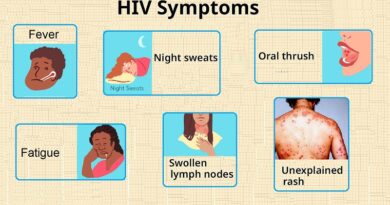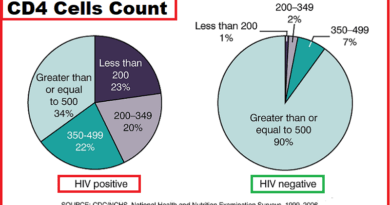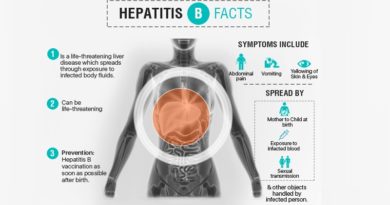HIV and Stigma: Addressing Discrimination and Promoting Acceptance
HIV, or Human Immunodeficiency Virus, is a virus that attacks the immune system. It can lead to AIDS or acquired immunodeficiency syndrome. Despite advances in treatment and prevention, HIV is still a highly stigmatized condition, with many misconceptions and stereotypes surrounding it. This stigma affects people living with HIV. It also serves as a barrier to effective prevention and treatment efforts.
One of the biggest challenges in addressing HIV stigma is the fear and ignorance surrounding the virus. Many people still believe that HIV is only contracted through risky behavior, as unprotected sex or drug use. This misconception results in blame and judgment towards people living with HIV. It also contributes to the shame and secrecy that often surrounds the condition. In reality, anyone can contract HIV, regardless of their behavior or lifestyle.
The stigma associated with that virus can have serious consequences for people living with the virus. It can lead to discrimination in employment, housing, and healthcare. It also causes social isolation and rejection from friends and family. This can cause significant emotional distress. It also makes it difficult for people to access the care and support they need.
To address HIV stigma, it’s important to promote accurate information and education about the virus. This includes debunking common myths and misconceptions, and highlighting the realities of living with HIV. It’s also crucial to involve people living with HIV. Their experiences and perspectives need to be heard and valued.
Another key aspect of addressing HIV stigma is promoting acceptance and understanding. This involves challenging the stereotypes and prejudices that contribute to stigma. It also involves promoting empathy and compassion for people living with HIV. It also means establishing supportive environments. These are spaces where people living with HIV can share their experiences. Here, they can connect with others who understand what they are going through.
There are many ways that individuals and communities can work to tackle this problem. This involves speaking out against discrimination and prejudice. It also includes supporting HIV-positive individuals in their lives. Additionally, it means getting involved in advocacy and awareness-raising efforts. It also means educating oneself about the virus and the experiences of people living with HIV. One must challenge their own biases and assumptions.
Addressing stigma issue is crucial for improving the lives of people living with the virus. It also promotes effective prevention and treatment efforts. We can promote correct information. We can also encourage empathy and acceptance. Through these actions, we work towards a future where stigma is a thing of the past.
One way to combat HIV stigma is through education and awareness. Many people still have misconceptions about how the virus is transmitted. As a result, they discriminate against those living with HIV. For example, some people still believe that HIV can be transmitted through casual contact. They think sharing food or drinks is risky, which is not true. We can dispel these myths by educating people about the facts of HIV transmission. This education helps reduce the fear and discrimination surrounding the virus.
Another way to address the stigma issue is by promoting a more inclusive and accepting society. This means encouraging open-mindedness and empathy towards people living with HIV. It also means creating safe spaces. People can talk about their experiences there. They can get the support they need without fear of judgment or discrimination. This can include creating support groups. It can also involve peer counseling programs. Additionally, other community-based initiatives help reduce the isolation that many people living with the virus feel.
Moreover, it’s important to advocate for policies that promote HIV prevention, treatment, and care. This can include increasing funding for HIV research. It also means providing access to affordable healthcare. Furthermore, it involves reducing the barriers that prevent people from accessing HIV testing and treatment. When we focus on HIV prevention and care, we foster a society that values equity and justice. This approach supports the health and well-being of all people.
HIV stigma is a major barrier to prevention and care. By addressing discrimination, we can create a more compassionate and just society. This society supports the health and well-being of all people, regardless of their HIV status. Together, we can work towards ending this stigma and creating a brighter future for all.
SUMMARY
HIV and stigma is a real social issue that must be addressed. It has a great negative impact on people living with the virus. It can increase the spread of the virus and prevent infected persons from obtaining the proper healthcare they need. Here is a call to action for readers. Join the fight against stigma and discrimination. Work towards a more accepting and compassionate society.
SOURCES




